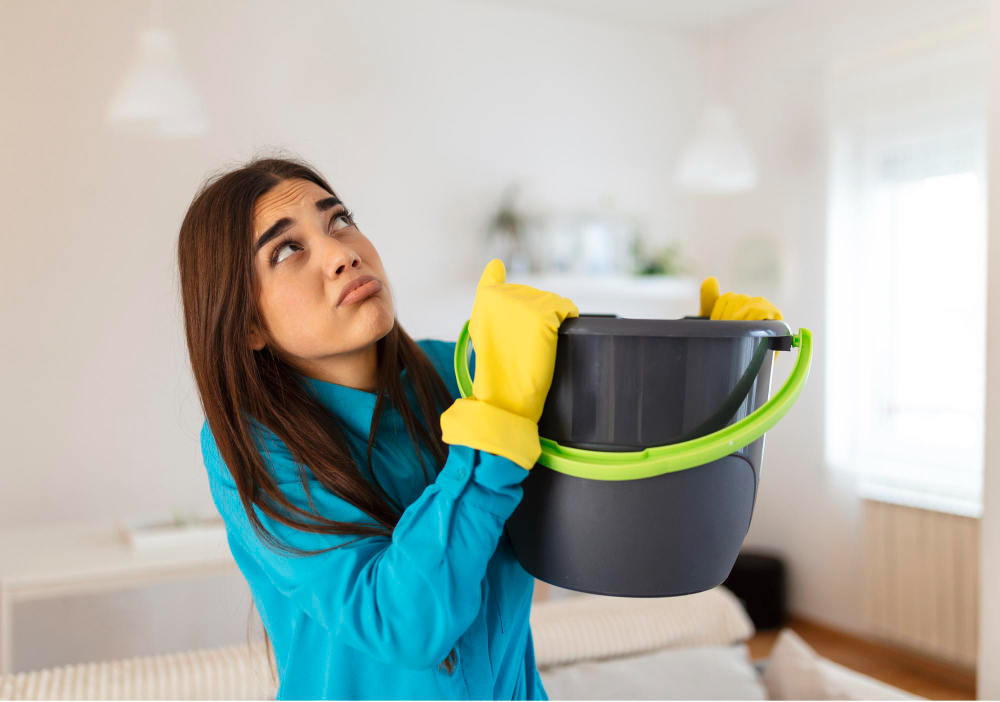Cleaning a Flooded House, read full article…
Table of Contents
- Introduction
- Initial Steps to Take
- Safety Precautions
- Cleaning and Disinfecting
- Salvaging Personal Belongings
- Preventing Mold Growth
- Dealing with Structural Damage
- Professional Help and Resources
- Conclusion
Introduction
When a flooded house occurs, it can be overwhelming and stressful for homeowners. The process of cleaning and restoring the house can be daunting, but it’s essential to act quickly to minimize further damage. This in-depth, article will provide a step-by-step guide to cleaning a flooded house, ensuring your home is safe, clean, and habitable once again.
Initial Steps to Take
- Contact your insurance company: Notify your insurer as soon as possible about the flood. They’ll provide guidance on the next steps and may recommend professional services to assist in the cleanup process.
- Document the damage: Take photos and videos of the affected areas before starting the cleanup. This will serve as evidence for your insurance claim.
- Shut off utilities: Turn off electricity, gas, and water supplies to avoid potential hazards during the cleanup process.
Safety Precautions
- Wear protective gear: Equip yourself with rubber gloves, boots, and a mask to protect against contaminants and mold spores.
- Watch for hazards: Be cautious of potential dangers, such as exposed nails, sharp objects, and weakened floors.
- Ventilate the area: Open windows and doors to allow fresh air to circulate and expedite the drying process.
Cleaning and Disinfecting
- Remove standing water: Use a pump or wet vacuum to extract standing water from your home. Dispose of the water according to local regulations.
- Clean surfaces: Wipe down walls, floors, and other surfaces with a mixture of soap and water. For an extra layer of disinfection, use a bleach solution.
- Deodorize: Use baking soda or specialized odor eliminators to neutralize unpleasant smells.
- Dry out your home: Use fans, dehumidifiers, and heaters to speed up the drying process. This step is crucial in preventing mold growth.
Pro tip: For an in-depth look at the role of AI in disaster recovery, check out this article.
Salvaging Personal Belongings
- Sort your items: Separate salvageable items from those that need to be discarded. Remember that porous materials like upholstered furniture, mattresses, and carpets may need to be thrown away.
- Clean and disinfect: Gently clean and disinfect your belongings with appropriate cleaning solutions. Be sure to rinse and dry thoroughly.
- Dry out documents: If you need to salvage important papers, air-dry them or place them in the freezer to prevent further damage.
Preventing Mold Growth
- Remove damp materials: Discard any wet or damp materials, as they can harbor mold growth.
- Treat surfaces: Apply a mold-inhibiting product to affected surfaces to prevent future growth.
- Monitor humidity levels: Keep an eye on your home’s humidity levels, as excessive moisture can lead to mold problems.
Dealing with Structural Damage
- Inspect your home: Assess the extent of structural damage, such as warped floors or cracked walls. Consult with a professional if necessary.
- Repair and rebuild: Depending on the severity of the damage, you may need to repair or replace affected areas. Be sure to follow local building codes and regulations.
Professional Help and Resources
If the task of cleaning a flooded house seems overwhelming, consider hiring professional help. Many companies specialize in flood damage restoration and can provide valuable expertise in the process.
- Hiring a professional: Look for certified and experienced professionals in your area. Check reviews and ask for references before making a decision.
- Government resources: Reach out to local government agencies or disaster relief organizations for assistance and guidance on dealing with a flooded house.
- Financial assistance: Inquire about grants or loans available for homeowners affected by flooding. Your insurance company or local government may provide information on available resources.
Conclusion
Cleaning a flooded house is a challenging and time-consuming task, but with the right approach and precautions, you can restore your home to its pre-flood condition. Remember to prioritize safety, document the damage, and act quickly to minimize long-term effects. Don’t hesitate to seek professional help if necessary, and utilize available resources to support your recovery process.
For more insightful articles, visit our author’s website and stay up to date with the latest news and trends. parasprunki 15.0 Fast, fun, and totally addictive
